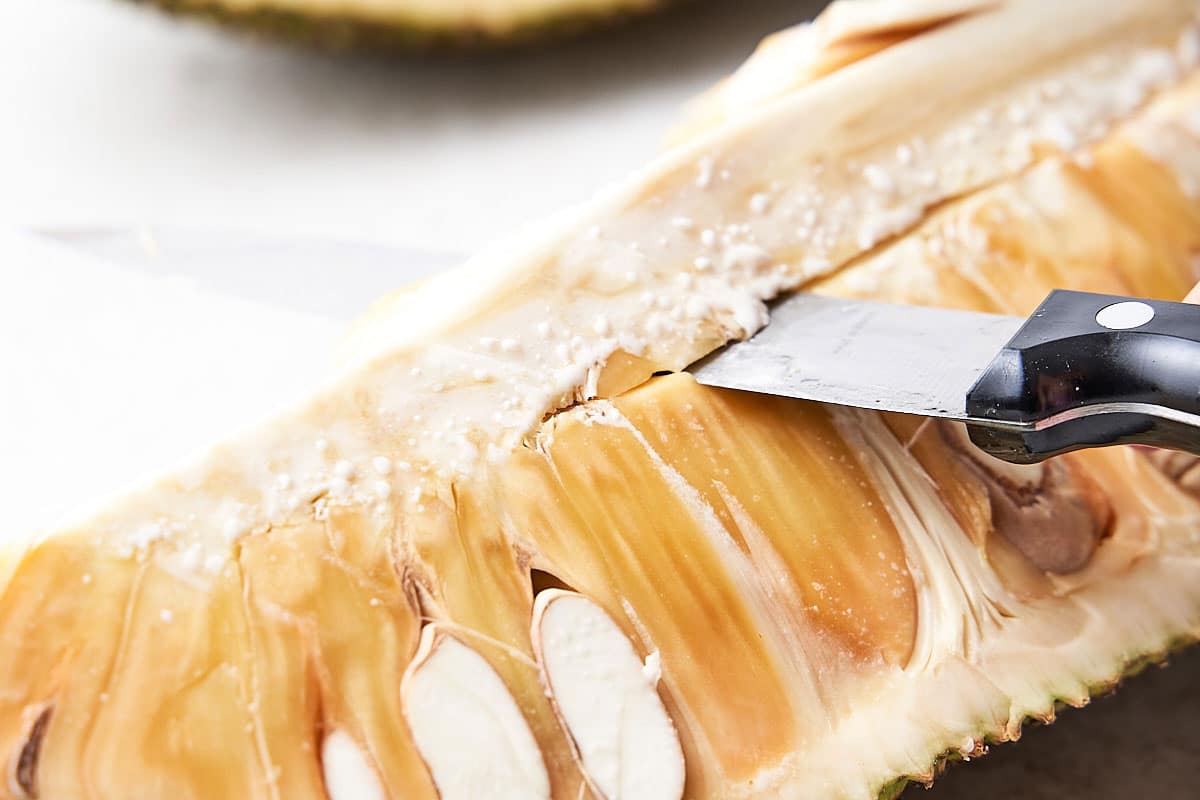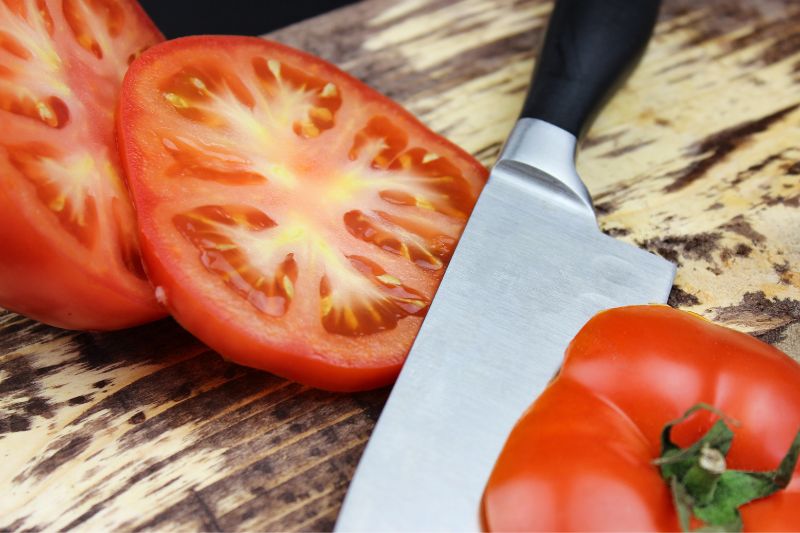How to Sharpen Dexter Fillet Knife Properly for Barbecue
Written By James Morgan
Barbecue enthusiasts, gather around! Your fillet knife is one of the most essential tools in your grilling toolkit. Whether you're filleting fish for a seafood feast or slicing through juicy steaks, a razor-sharp knife can make all the difference. In this guide, we'll show you how to sharpen a Dexter fillet knife so you can prepare your barbecue dishes with precision and ease.

Why a Sharp Fillet Knife is Crucial for Barbecuing
A sharp fillet knife not only makes slicing and dicing more efficient but also safer. A dull knife requires more pressure, increasing the risk of slippage and injury. Plus, you won't achieve those clean, beautiful cuts that make your dishes look professional.

Tools Youll Need
Before diving into the step-by-step process, let's gather the tools you'll need:
- Sharpening Stone: Essential for grinding and honing the blade.
- Honing Rod: Keeps your blade aligned and maintains its sharpness.
- Angle Guide: Ensures you sharpen at the correct angle for a Dexter fillet knife.

Step-by-Step Guide to Sharpening Your Dexter Fillet Knife
Step 1: Clean the Knife
Start by thoroughly cleaning your fillet knife. Remove any residue or food particles. A clean knife makes sharpening more effective and prevents grit from damaging the blade.
Step 2: Prepare the Sharpening Stone
Soak your sharpening stone in water for about 10-15 minutes. This helps to create a slurry that aids in sharpening. If you're using an oil stone, apply a small amount of oil.
Step 3: Sharpening the Blade
Position your knife at a 15-20 degree angle against the stone. Glide the blade across the stone from heel to tip, applying even pressure. Repeat this motion 5-10 times for each side of the blade. For more detailed steps on sharpening a fillet knife, check out this guide.
Step 4: Honing the Blade
After sharpening, use a honing rod to realign the blade's edge. Hold the rod vertically and swipe the knife down at a 15-degree angle. Do this 5-7 times on each side.
Step 5: Testing Sharpness
Test your knife's sharpness by slicing through a piece of paper or a tomato. A sharp knife should cut effortlessly. If it doesn't, repeat the sharpening and honing steps.

Maintaining Your Dexter Fillet Knife
Maintenance is key to keeping your knife sharp and effective. Follow these tips:
- Regular Honing: Hone your blade before each use to maintain its sharpness.
- Proper Storage: Store your knife in a knife block or sheath to protect the blade.
- Hand Wash Only: Avoid dishwasher cleaning as it can dull and damage the blade.
Common Mistakes to Avoid
Even seasoned bbq enthusiasts can make mistakes when sharpening their knives. Here are some common pitfalls to avoid:
- Using the Wrong Angle: Sharpening at the wrong angle can ruin your blade. Always use an angle guide for precision.
- Skipping the Honing Step: Skipping honing can result in a poorly aligned edge, reducing your knife's effectiveness.
- Over-Sharpening: Frequent sharpening can wear down the blade. Only sharpen when necessary.
Frequently Asked Questions (FAQ)
How often should I sharpen my Dexter fillet knife?
For regular use, sharpening it every 3-6 months is sufficient. However, honing before each use keeps it in optimal condition.
Can I use a knife sharpener instead of a sharpening stone?
Yes, but a sharpening stone provides more control and precision. If you're interested in alternative methods, this guide offers some insights.
What is the best way to store my fillet knife?
Store it in a knife block or sheath to protect the blade. Avoid keeping it loose in a drawer to prevent damage.
As an Amazon Associate, I earn from qualifying purchases.
For more tips on choosing the right fillet knife, check out this guide.



